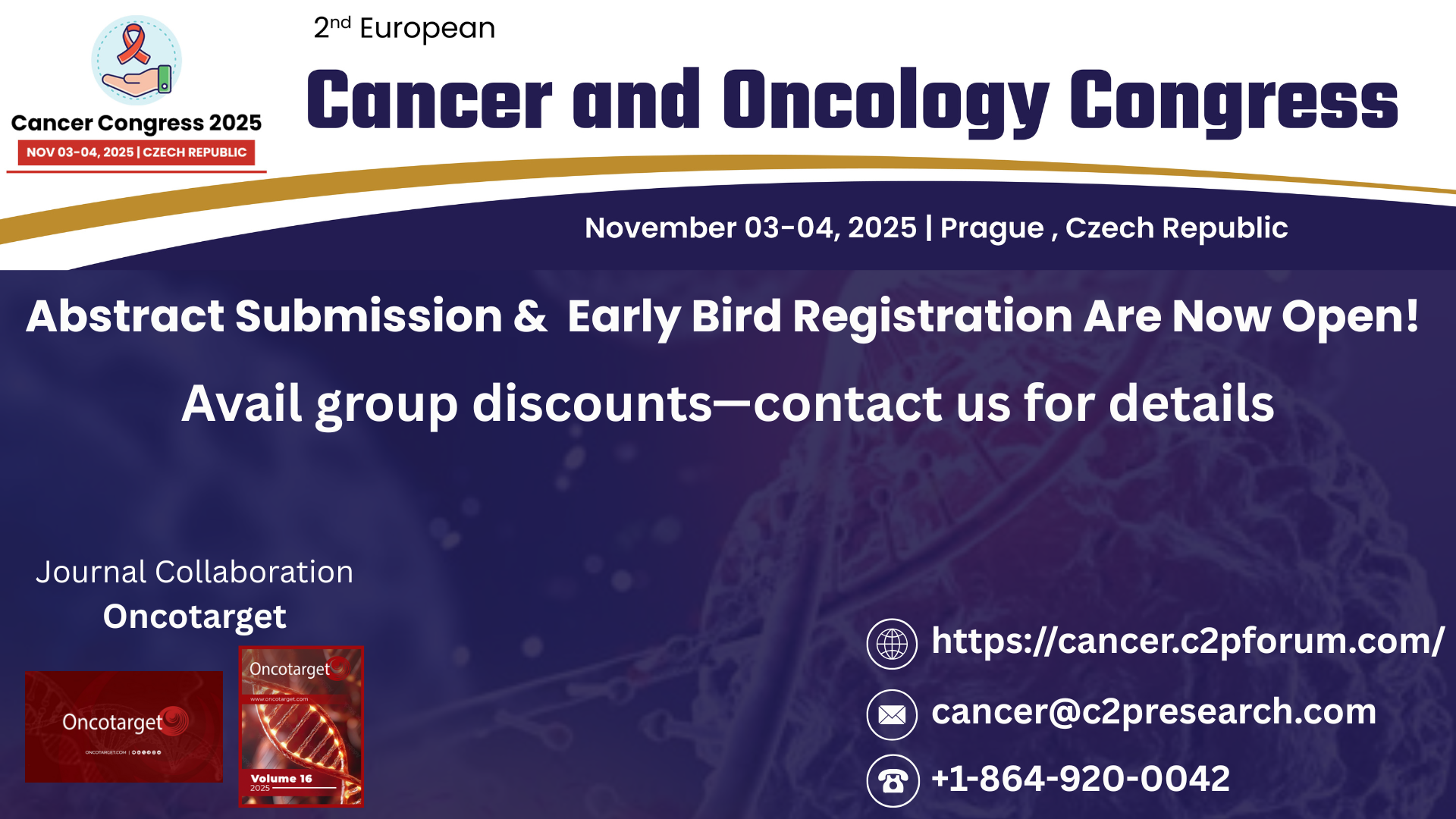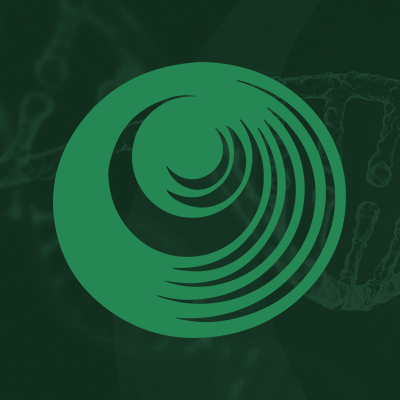Research Papers: Pathology:
Interferon gamma peptidomimetic targeted to interstitial myofibroblasts attenuates renal fibrosis after unilateral ureteral obstruction in mice
PDF | HTML | Supplementary Files | How to cite
Metrics: PDF 3038 views | HTML 4057 views | ?
Abstract
Fariba Poosti1,5, Ruchi Bansal2, Saleh Yazdani2, Jai Prakash2, Leonie Beljaars3, Jacob van den Born4, Martin H. de Borst4, Harry van Goor1, Jan-Luuk Hillebrands1,* and Klaas Poelstra3,*
1 Department of Pathology and Medical Biology, Division of Pathology, University Medical Center Groningen, University of Groningen, Groningen, The Netherlands
2 Department of Biomaterials Science and Technology, Division of Targeted Therapeutics, MIRA Institute, University of Twente, Enschede, The Netherlands
3 Department of Pharmacokinetics, Toxicology and Targeting, University of Groningen, Groningen, The Netherlands
4 Department of Internal Medicine, Division of Nephrology, University Medical Center Groningen, University of Groningen, Groningen, The Netherlands
5 Department of Microbiology and Immunology, Laboratory of Molecular Immunology, Rega Institute, KU Leuven, Belgium
* Share senior authorship
Correspondence to:
Jan-Luuk Hillebrands, email:
Keywords: drug targeting, fibrosis, interferon gamma, kidney, myofibroblast, Pathology Section
Received: March 07, 2016 Accepted: June 20, 2016 Published: August 05, 2016
Abstract
Renal fibrosis cannot be adequately treated since anti-fibrotic treatment is lacking. Interferon-γ is a pro-inflammatory cytokine with anti-fibrotic properties. Clinical use of interferon-γ is hampered due to inflammation-mediated systemic side effects. We used an interferon-γ peptidomimetic (mimγ) lacking the extracellular IFNγReceptor recognition domain, and coupled it to the PDGFβR-recognizing peptide BiPPB. Here we tested the efficacy of mimγ-BiPPB (referred to as “Fibroferon”) targeted to PDGFβR-overexpressing interstitial myofibroblasts to attenuate renal fibrosis without inducing inflammation-mediated side effects in the mouse unilateral ureter obstruction model.
Unilateral ureter obstruction induced renal fibrosis characterized by significantly increased α-SMA, TGFβ1, fibronectin, and collagens I and III protein and/or mRNA expression. Fibroferon treatment significantly reduced expression of these fibrotic markers. Compared to full-length IFNγ, anti-fibrotic effects of Fibroferon were more pronounced. Unilateral ureter obstruction-induced lymphangiogenesis was significantly reduced by Fibroferon but not full-length IFNγ. In contrast to full-length IFNγ, Fibroferon did not induce IFNγ-related side-effects as evidenced by preserved low-level brain MHC II expression (similar to vehicle), lowered plasma triglyceride levels, and improved weight gain after unilateral ureter obstruction.
In conclusion, compared to full-length IFNγ, the IFNγ-peptidomimetic Fibroferon targeted to PDGFβR-overexpressing myofibroblasts attenuates renal fibrosis in the absence of IFNγ-mediated adverse effects.
 All site content, except where otherwise noted, is licensed under a Creative Commons Attribution 4.0 License.
All site content, except where otherwise noted, is licensed under a Creative Commons Attribution 4.0 License.
PII: 11095

